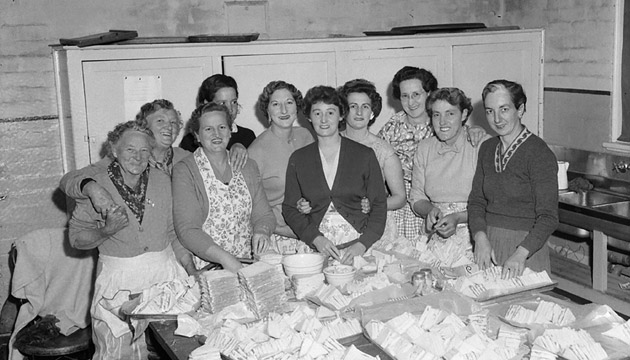Ninety-five years on, the Country Women’s Association is still going strong.
Story Amanda Burdon
The CWA Cookery Book and Household Hints, now in its 54th edition, is an instructive manual. Alongside prized recipes for Anzac biscuits, honey kisses and Aunt Mary’s Christmas cake are such delights as aspic jelly, brain patties, and brawn using kangaroo tail and pig’s head. There’s an emphasis on practicality and resourcefulness. What other recipe collection also contains advice on how to cure chooks of scaly legs, wash a fleece or remove axle grease?
First released in 1936, the classic is respected and reliable – just like the organisation that published it, which this year celebrates its 95th birthday. It’s an impressive milestone for what many regard as Australia’s largest women’s lobby group.
Although membership is struggling in some quarters, today’s Country Women’s Association (CWA) still boasts 1200 branches and 25,000 members, and their mission – to improve the lot of rural people – remains largely unchanged from what first brought women together in Sydney in April 1922 for the inaugural Bushwomen’s Conference. At a time of drought and depressed commodity prices – when isolated outback women were dying in childbirth and children were being lost to common complaints such as diarrhoea and measles – health, education and other basic amenities in rural Australia were woefully behind that of our cities. Within days the crowd assembled at the conference had proposed ‘country clubs’ (later the popular rest rooms) to ease the loneliness of rural women, maternity wards in country hospitals and reduced train fares for country travellers. A mission evolved, “to improve the conditions of women on the land”, a provisional committee was elected and organisational structure formulated. Like every subsequent CWA event, it was all extremely well organised.
This story excerpt is from Issue #112
Outback Magazine: Apr/May 2017










